Video management solutions find themselves front and centre in many electronic security applications where they empower security teams, facilitate partnerships with law enforcement, manage transport systems, protect assets, deliver situational awareness and inform investigations of all shapes and sizes.
Whether you’re an end user or an integrator, VMS choice is a delicate matter, with functionality balanced against operational simplicity, cost, supplier integrity, raw power and plenty more. In this feature we discuss desirable functionality, cybersecurity, the requirements of security integrators, the fundamentals of VMS display and the impact of COVID-19 on system management.
Something that’s vital when thinking about video management solutions is deciding what the core functionality needs to be – and thanks to the technology’s rapid evolution, deciding which additional functionalities best support your customer’s operational demands.
According to Todd Dunning, Pelco’s director of product management, the ability to take video data, analyze it, manage it, and provide real-time insights for operators is at the core of a VMS’ potential.
“When the relevant video is properly incorporated into a VMS, the platform can reinforce the goal of ensuring the safety and security of people and assets, as well as helping organizations run more efficiently,” Dunning explains.
While a typical VMS aggregates, stores, displays camera inputs, what additional features are most desirable – LPR, VMD and event search, integration of events and video, these and many more?
“Aside from the ability of a VMS to bring a large amount of video data together into an easily viewed and managed platform, end users also want the VMS they choose to be able to analyze incoming video data using more advanced features,” Dunning explains. “This includes license plate recognition (LPR) capabilities, point-of-sale (POS) search functionality, perimeter detection, incident management, and information processing, as well as leveraging access control data and video together to improve operator response.
“In addition to analytics, integration with other security or surveillance system components is critical in today’s security environment, as organizations require the ability to incorporate existing infrastructure into a VMS to reduce capital expenditures and increase ROI. Ease of use and scalability are also essential in a VMS platform, as organizations add new locations and video data points.”
Does Dunning agree the COVID-19 outbreak and resulting shutdown across much of the world has underscored the importance of centralised management of security solutions?
“While there’s still a lot up in the air around the effect that coronavirus and its spread is having on businesses, I would agree there is a significant need for security leaders to be able to centrally manage operations in an effort to protect not only physical assets but people, as well,” he says.
“A VMS platform allows security leaders to manage incidents and response, leveraging tools like live maps, 2-way communication, video data analysis, as well as collect the relevant information needed to appropriately handle a situation. Being able to control these tasks remotely in a centralized platform can significantly benefit a business that is working with limited staff and resources, as many businesses are right now.”
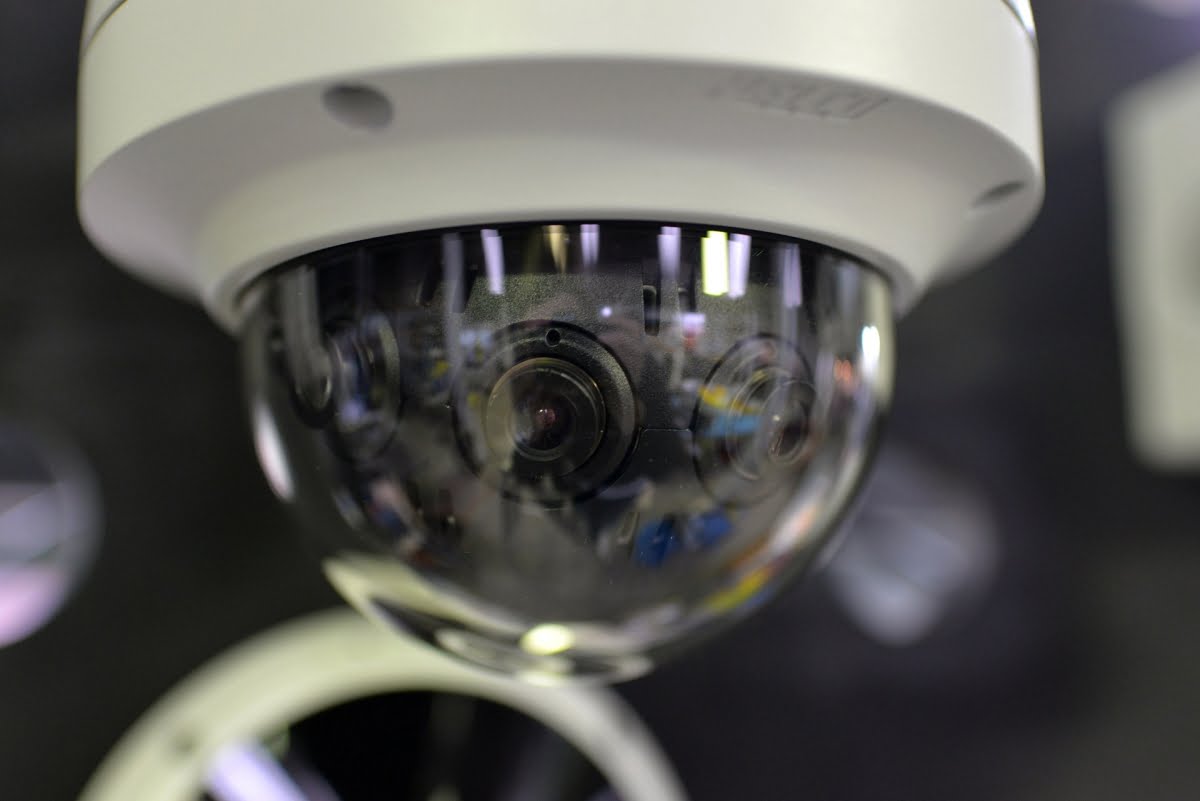
Remote management using smart devices – phones, tablets – and authorised laptops or workstations – how important is this capability in the current environment?
“The ability for teams to work remotely has arguably been important for a number of years for geographically dispersed businesses with remote sites that require oversight,” Dunning says. “The flexibility offered by smart devices can greatly enhance the ability of security leaders to respond to an incident effectively, but this has to be managed from a network security perspective.
“Ensuring systems and communications are secured using protocols designed to protect the information being shared is paramount. This includes password management, social attack awareness and training, and ongoing security updates to ensure patches are administered as new vulnerabilities are identified. The ease of use that smart devices offer should be weighed alongside the protection of data for remote workers.”
Maps and graphical interfaces – how important are these intuitive displays to simplifying video management in real time?
“At the heart of the design of modern VMS platforms, graphical interfaces can help improve usability for organizations of all sizes and simplify video management,” Dunning says. “Maps specifically, including geographic or site maps, can help operators pinpoint areas of interest, providing more situational awareness that helps aid better response.
“Of course, there are factors that must be considered, such as the size of the organization and how geographically dispersed it is, but modern VMS platforms can help display this information in a way that remains beneficial for operators and security leaders to utilize the data for more informed decision-making.”
According to Dunning, it’s vital that VMS offers integration with access control and/or third-party sub systems.
“The ability of a VMS to integrate with access control and other third-party systems is integral in today’s security landscape,” he explains. “An organization must be able to include any number of sensors in a common operational picture to give operators the best possible information to engage in a response.
“These sensors can include perimeter intrusion detection, LPR software, building management tools, and intercom systems (to name a few) that bring significant value to security leaders and operators. Without the ability to integrate with these sensors and solutions, a VMS cannot accurately provide valuable insight into overall security operations.”
Tony Luce of Network Optix says a well-designed video management solution is easy to install, quick to set up, and should be instantly usable – regardless of the size of the system or the experience of the operator.
“It should also enable fast, informative integrations between key systems to enhance the operator’s situational awareness – their ability to understand the world around them and the events which are taking place which require their action or attention,” Luce says.
“What other features are most desirable depends on the customer. Some customers want LPR more than anything else. Others want face recognition. We’d say the most important feature of any modern VMS is its level of extensibility. Nearly every end user has multiple systems they use to manage and mitigate risks – fire, alarm, access control, parking control, HVAC, production monitoring, and more. Being able to rapidly integrate new technologies and customize a system to meet each customer’s unique needs is paramount when evaluating a VMS for use in creating a high performing solution.
“That being said, deep learning-driven video analytics are the hot new thing and are revolutionizing the IP video and surveillance industry. The ability for neural networks to identify people, objects, cars, and even behaviours, means video is no longer just video. It becomes a database which can be mined for real-world, high impact trends. Nx is deeply focused on this aspect of IP video because it is forcing VMS manufacturers to consider not only the stock-standard security surveillance approach to IP video, but to consider how IP video cameras can be used to serve multiple roles to solve customer problems in nearly every vertical market and industry.”
Luce agrees COVID-19 has underscored the importance of centralised management of security solutions.
“The COVID-19 epidemic underscores the importance of being able to connect to, view, and manage your systems from anywhere, anytime, something that Nx Witness allows for Free with Nx Cloud.” Luce says.
“When it comes to managing a system remotely, if a system is set up for secured WAN access then it’s only as strong as the secured network it resides on,” Luce says. “We recommend using our ‘Use Only Secured Connections’ setting to force HTTPS connections between all components in the system – desktop, server, mobile, web, cloud.
“Nx is secured with SSL (also supports custom SSL certificates) and encrypts communication between system devices. One extra step to take would be to activate encrypted video in the system, effectively encrypting all video that flows between the Nx Witness Server and clients.
“As with all things – the way the VMS delivers information depends on the use case,” Luce explains. “If the physical location on a map is important for operators, Nx Witness allows them to add maps as background for layers and with soft triggers, so operators can create multi-level mapping and navigate through layouts. In terms of graphical user interfaces, usability is critical to usefulness of a software or a system. A VMS’s UX should be instantly usable and invigorating to use. If no one wants to use it, no one will.”
VMS integration with access control and/or third-party sub systems is also vital where required, according to Luce.
“Extensibility, as we pointed out in our answer to the first question, is the most important part of a VMS,” he says. “That being said, native integrations can turn a VMS into complex bloat-ware. Some of our competitors have installation packages that are gigabytes in size and require an enormous amount of prerequisite software because they support integrations natively.
“So, we believe in fast, simple integrations that have a consistent UX for the user. HTTP generic events and action allow nearly instant integrations. And heavier integrations like plugins are not included in the original installation file but can be easily installed in minutes if needed.
“The best way to display situational awareness from cameras and sub systems on a monitor or video wall is to have an interface that combines live video, notifications, and browser into an infinitely customizable/instantly editable user interface so a user can create an interface that makes the most sense to them,” Luce says.
“This is exactly what Nx Witness offers. Our client works in operator mode (for a single computer with one or many monitors) or in videowall mode – which allows operators to control it remotely on video wall setups.”
According to Andrew Cho of EOS Australia, it’s essential a VMS provides the necessary enterprise features without complexity.
“The phrase ‘ease of use’ is thrown around but has to be experienced by the end users, not the salesperson,” Cho explains. “A VMS also needs to provide a centralized solution and be cost-effective. Too many VMS solutions offer poor bandwidth management, which adds costs to hardware are extremely complex when it comes to training, and mean users end up paying for features they may not need or use. Finally, technical support should be the first-class service all the way, and it should not be a cost to the end-user.”
According to Cho, many VMS functionalities deliver added value to traditional CCTV systems but in the conventional sense, the industry has been reactive, not pro-active.
more proactive,” he explains. “VCA is now providing VMS like Digifort more metadata than ever before. As they are based on AI, such analytics can extract much more information from the video source.
“As an example, with LPR, no longer we are given just the number plate numbers, we are given vehicles make, model, colour, speed, country and owner details if profiles are the in the system. Meanwhile, with face recognition we get age, gender, profile information and even sentiment/mood. Generic metadata search allows operators to create a search around any object property within the metadata – this grows our data-base structure.
“Customers also need easy certification training, so an integrator can ensure the system is properly configured and the right hardware is in incorporated into the design. Although we do not sell hardware, it is a critical part of the project, and we offer A-Z design support free of charge.”
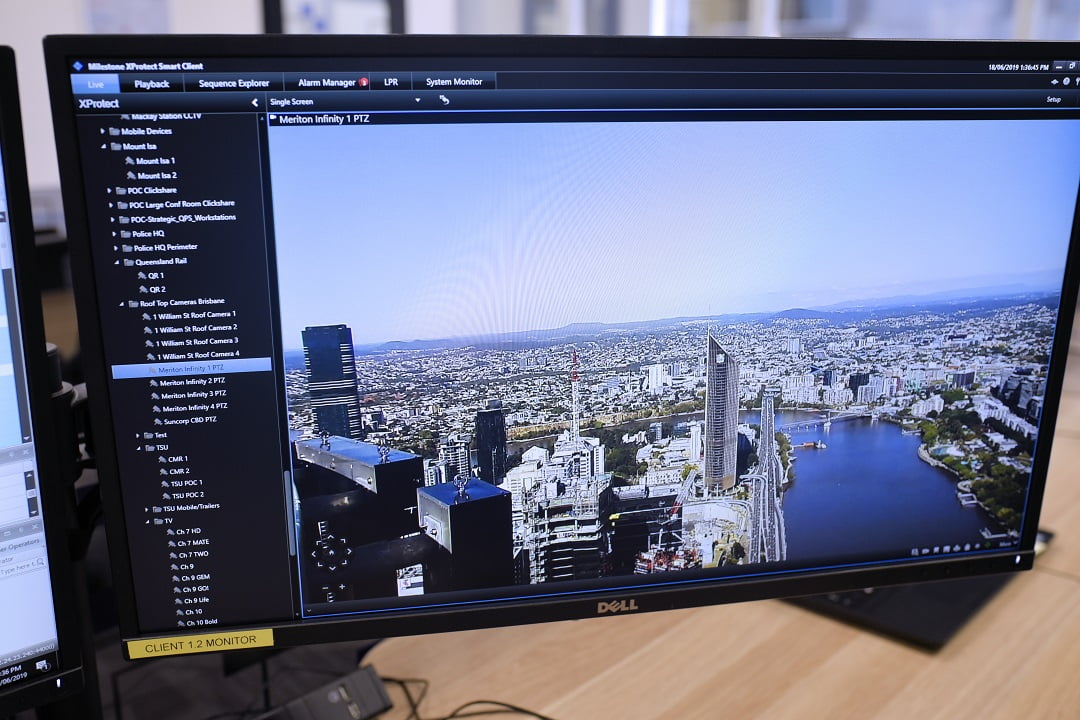
According to Cho, the importance of centralized management was apparent long ago and was the key driving force in Digifort Version 7.3.
“At the heart of centralised management is collaboration with technology partners built on trust, product performance and a common market,” he explains. “Digifort is very strong with partnerships and integration because it is independent of hardware and is an open platform creating native drivers and delivering integration with other hardware and analytical engines, not just relying on Onvif – though having said that, we are Onvif-compliant, even with the latest profile T.”
In the current environment, Cho says providing management using mobile technologies is important to end users and is a focus for Digifort.
“Digifort has developed 3 mobile apps,” he says. “Digifort Mobile Client offers live view, digital zoom, PTZ control, playback with thumbnail, virtual matrix, global event activation and the ability to export image streams to Whatsapp via a playback link.
“Digifort Mobile Camera Pro offers the ability to stream live video transcoded in H.264, as well as bi-directional audio and GPS location. And Digifort Mobile LPR is designed to be used by law enforcement officers in the field.”
When it comes to displaying situational awareness on a monitor or video wall, Cho argues plotting on a map with GPS location and vital information (customizable not fixed information) with audio alerts is a strong solution.
“For more efficient situational awareness, maps play a vital role and are an area of focus for Digifort,” he explains. “Our synoptic map includes camera live view, cameras icons with a field of view, status dashboard, PTZ presets, activate I/O, activate audio messages and links to other maps. There’s also an operational map – which provides integration with Google Maps, offers navigational maps and provides an overview with geo-positioning of all the cameras in the system that can be accessed via icons.
“There are also event maps that show position of the event on the map, in real time, creating a powerful visualization and navigation interface that offers a detailed view of the locations where events are taking place and allowing the operator to access cameras close to an event, speeding up response. If the surveillance client is connected to multiple servers, the operational map will concentrate and display objects from all servers automatically. Meanwhile, numberplate trace integrates number plate metadata with Google Maps that display the trajectory of vehicles through the number plate-enabled cameras.”
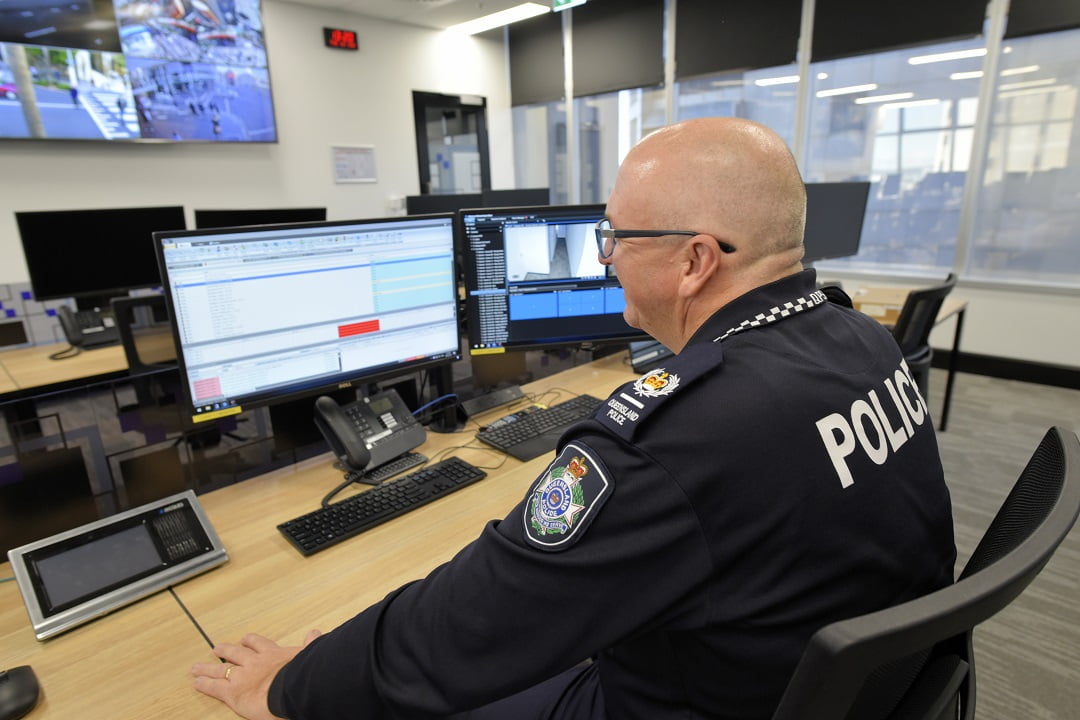
According to Milestone Systems’ Brett Hansen, a capable VMS is required to be open to allow for scalability. This applies to deep integration with cameras and other IOT devices, so that organisations can make key decisions while being situationally aware. This openness is the most important quality a VMS can have, he explains.
“An open, scalable solution allows for features such as LPR, VMD and event search, as well as more bespoke solutions that in many cases are beyond the basic function of security – it depends on what’s required by the user,” Hansen says. “Advanced requirements such as pedestrian foot traffic-mapping in health and safety, logistics and retail applications, are becoming more and more prevalent.
“COVID-19 has certainly forced the requirement of VMS solutions to be easily deployable and adaptable to the changing needs of an organisation in the very uncertain current environment,” Hansen explains. “This includes key integrations with thermal camera providers and analytic partners for governments and organisations, empowering them to enforce laws and be situationally aware in a time-critical manner. Operators and end users need key and effective functionality from a single platform.
“Intuitive and graphical displays are more relevant than ever, given the remote environment we find ourselves working in. This aligns with the greater challenge of situational awareness while not being present on site. A VMS like Milestone XProtect offers this, as well as providing greater user control and functionality, with inbuilt access control and building management solutions.
“Security considerations of remote management are critical, especially in the current COVID-19 conditions where sites have limited access and our general flexibility of travel is diminished. While the flexibility of remote access for management needs to be maintained however, security and system hardening is paramount and must not be compromised regardless of the challenges of site access.”
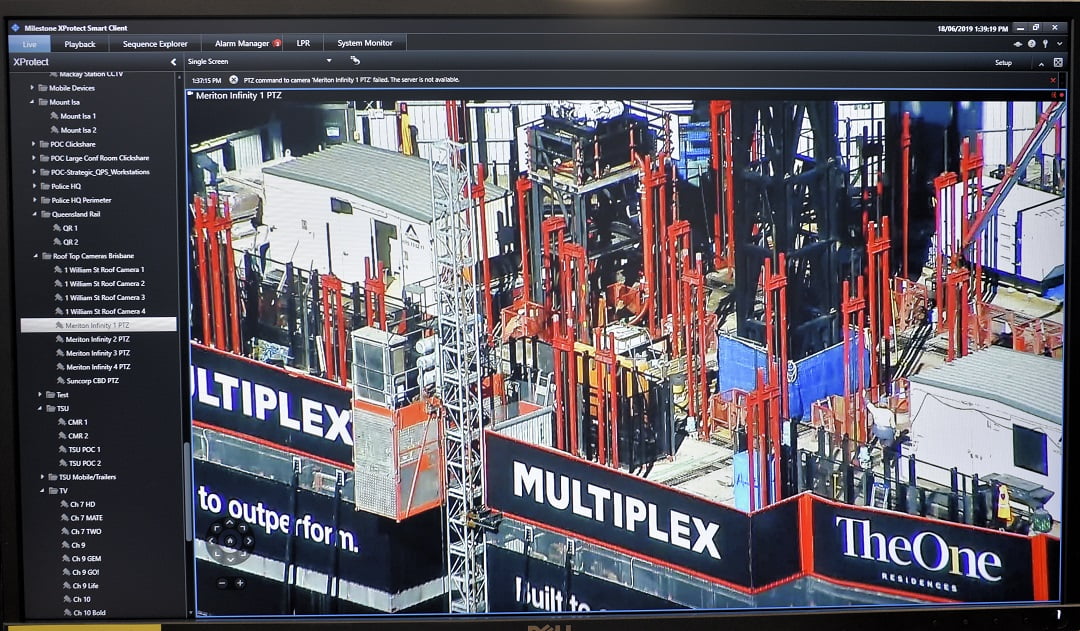
How would Hansen display situational awareness on a monitor or video wall?
“A smart wall solution is the most effective in a video wall control room environment, coupled with a smaller monitor set in a home office to grant the situational awareness the business deserves,” Hansen says. “Rather than an operator mindlessly monitoring dead video; intrusion, video, access and intercom events can all be displayed front and centre, then actioned and assigned – all at the priority level they deserve.”
Over at Genetec, Lee Shelford argues that as well as the ability to record and display IP CCTV video streams efficiently using end-to-end multicast capability, and securely with video encryption on the wire by default, a well-designed video management solution should also be easy and intuitive for CCTV operators to use.
“It needs to include innovative tools to allow operators to easily follow suspects and get eyes on-scene quickly in fast-moving situations, where saving seconds may mean the difference between life and death,” he explains. “And forensic tools are required to allow investigators to quickly search masses of video in minutes, saving hours of valuable resource.”
What additional features are most desirable – LPR, VMD and event search, integration of events and video, something else?
“Having a unified platform rather than just a VMS allows for an abundance of complementary data to be blended in a single pane of glass alongside the video,” Shelford explains. “Having the video presented in a graphical map with LPR data, access control events, SIP intercom calls and more, gives a much deeper awareness of the situation than just video alone. Combine that with step by step standard operating procedures to guide the operator through a tense situation efficiently, and you have optimised the entire workflow and operation.
“Having a federation securely connecting your security network is more important than ever,” Shelford says, referencing the current COVID-19 epidemic. “Not only does it allow central access to CCTV video and events from remote sites, which may now be unmanned, but having the capability to export evidence, share and collaborate on it in the cloud means investigators can view and act on evidence digitally without the need for removable media and indirect physical contact. This enables convictions and security to be maintained even while movements are restricted as security guards or the police do not need to go to site to review or export evidence.”
Remote management using smart devices is important in the current environment and Shelford says it’s something Genetec has been working on for a long time.
“Mobile devices have always been a powerful and flexible tool while on the go,” Shelford says. “This is why it has been a huge investment area for Genetec – we have brought maps, LPR, access control and messaging into the app to further enhance the video capability. Having the mobile device’s GPS coordinates sent back centrally and available in the map at HQ or on the other mobile users maps also gives location visibility, as well supporting streaming of mobile device cameras centrally and between users.
“Having end-to-end multicast capability maximises on-network optimisation as you are taking the most direct route from the camera to client. It also means that you’re still streaming in the event of server hardware or power failure. Having the capability of accessing multiple stream profiles and understanding where the client request is on the network is also powerful.
“For example, if I requested an HD camera and I’m on a desktop PC on the LAN, I will get HD images at the cost of higher bandwidth and decoding. However, if I was on the same PC but the other side of a WAN, the system knows my network is contended and either gives me a lower profile stream from the camera or transcodes it down before sending across the WAN. This is the same with web browsers or mobile devices. For instance, the system is intelligent enough to understand you are on a device over cellular and transcodes and sends via TCP.”
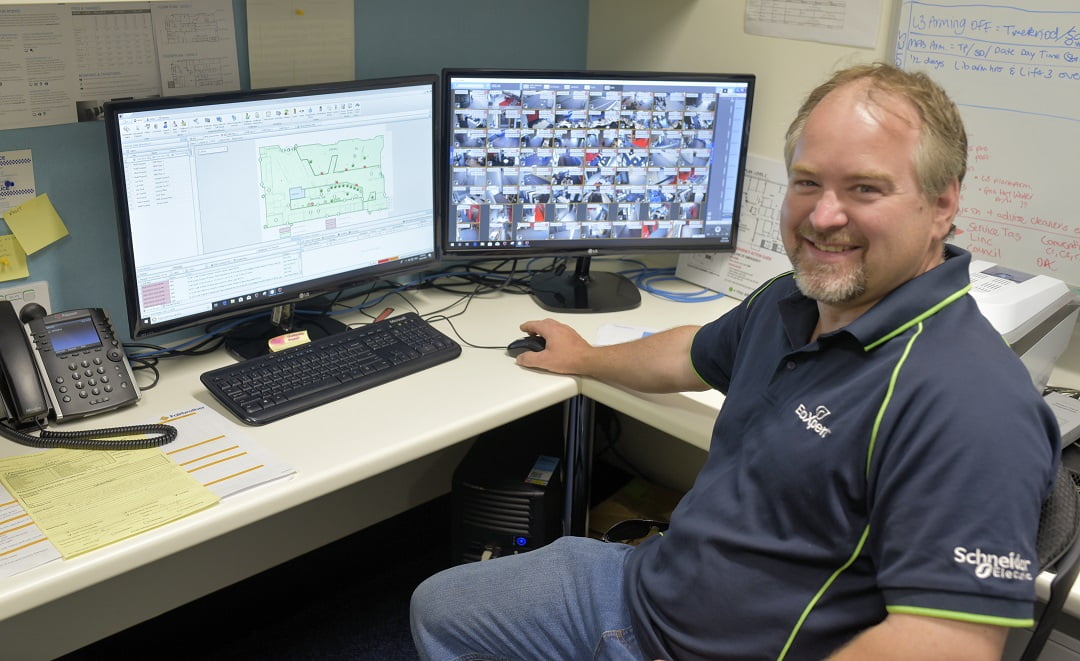
Intuitive displays, including maps, are important when it comes to simplifying video management in real time, according to Shelford.
“Having an intuitive mapping capability is one of the most overlooked aspects of a customer’s operation,” he explains. “Having an operator laser-focused on a single pane of glass rather than suffering wheelie chair syndrome moving between multiple disparate systems or several monitors is key. In a fast-paced incident, the operator should have everything they need available in the map, with the system only presenting controls or events required to keep situational awareness as uncluttered as possible.”
According to Shelford, the VMS should also offer seamless integration with access control and/or third-party sub systems.
“In a world where IoT and CCTV control rooms are increasingly being expected to take more and more data from a multitude of systems including access control and building automation, having a seamless unification into these systems is key in simplifying the design and implementation,” he explains.
“If the single platform already supports video, access control, LPR, audio and analytics there are no version control issues with custom integrations. When that platform also supports industry standards like OPC, Modbus, BACnet, etc., then other 3rd party data points and systems can easily be connected without complex or costly custom work as well.
“With the use of powerful and intuitive mapping engines, as well as visual and dynamic dashboards, we believe a modern control room is a visual control room. From a quick glimpse of the monitor wall personnel should be able to see how well their system is performing and how well their day is going.”
Something else that’s important, according to Shelford, is cyber security.
“Cyber security is a topic and responsibility that should never end for manufacturers, the malicious actors are more organised than ever and now make more money than the global drug cartels,” says Shelford. “As this cyber organised crime gets more innovative, so do camera and VMS manufacturers. Most attacks are lateral, meaning from within the network, so the excuse of ‘my system isn’t connected to the internet’ or ‘we are air gapped’ is no longer good enough.
“Developers should be writing code with security in mind, integrators should be investing the time to properly harden deployments by simply turning off remote desktop functions or disabling USB ports on workstations. Customers should be keeping their system and devices regularly updated to secure newly discovered vulnerabilities.”
For Allen Hepburn of Bosch Video Systems, a well-designed video management system should meet the customer’s requirements first, while offering the capability to be secure, use encrypted data, be scalable and have redundancy.
“Forensic search is a another very helpful feature in a VMS,” Hepburn says. “Bosch offers a forensic search in all BVMS editions, which allows the operator to efficiently search through footage, saving time and money.”
According to Hepburn, the COVID-19 outbreak and resulting shutdown does highlight the importance of central management of integrated solutions.
“The current situation will definitely dictate how security solutions are managed in future,” Hepburn says. “Fortunately, most security solutions offer a standard remote feature, which allows the customer remote access, though in many cases with limited functionality.
“And the current environment will certainly put remote management capability to the test. As technology evolves, it is becoming unavoidable that systems need to support remote management as it allows the user to have control readily available.
“Device security is vital with remote management. Customers should only allow secure connections and ensure that a complex password is used. Sufficient bandwidth is also required, as limited bandwidth will affect the connection and speed.”
Hepburn argues the best way to display situational awareness on a monitor or video wall is in a simplified or dashboard form that allows the operator a complete overview at a glance.
“Maps and graphical interfaces are useful for customers with a geographical footprint and centralised monitoring as they allow for a complete overview of the situation,” Hepburn says. “At the enterprise level, it’s essential to allow third-party integrations, as most customers prefer a single UI, instead of multiple interfaces.
“And as more and more devices connect to the internet and cloud services, more surveillance systems are becoming vulnerable to cyber-attacks. This makes it imperative that security integrators design and deploy secure solutions.
“Bosch implements software and hardware measures to secure our IP video devices,” says Hepburn. “Our software measures include secured connections supported, password enforcement at setup, unsecure ports disabled, unsecure remote communication disabled, uploading of 3rd party software not possible, firmware updates only possible via Bosch signed firmware files, embedded login firewall to improve robustness against DoS attacks, and a new feature called software sealing, which can detect changes in configuration after the seal was applied.
“Our hardware measures include the AnoOn-board security chip – TPM (trusted platform module), which is a self-contained system that acts like a cryptographic coprocessor to the camera system. In addition, various guides, how to videos and online training courses are offered to security integrators.”
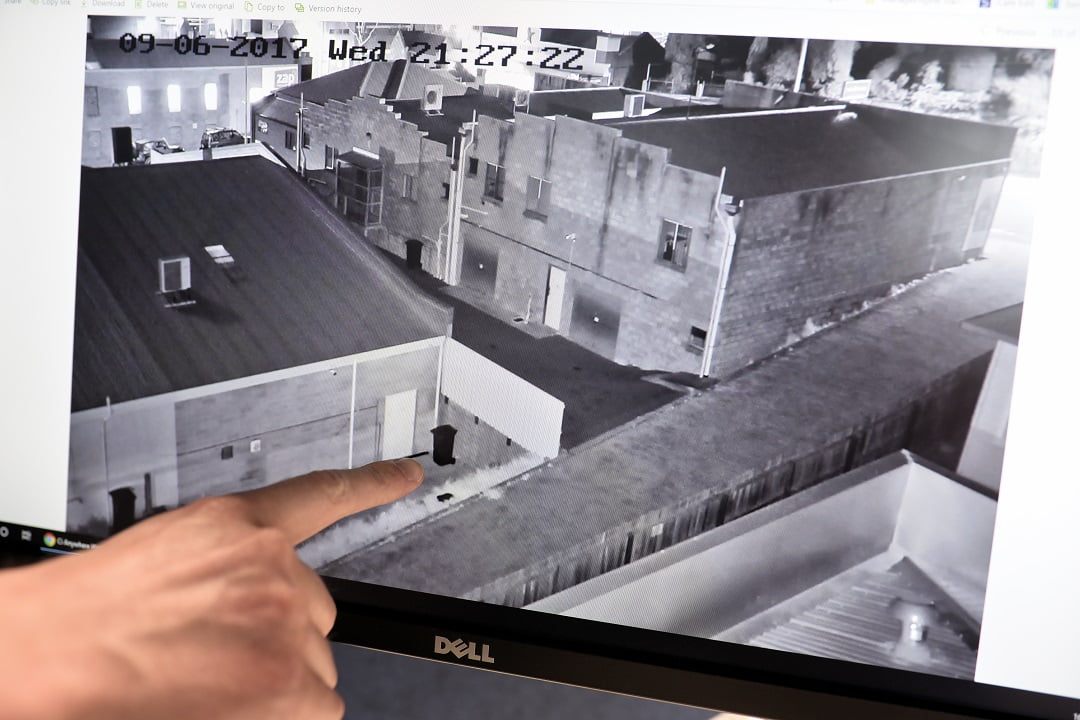
Meanwhile, Mark Shannon of BGWT argues that most important operational capability a well-designed video management solution offers end users is unification.
“Most end users use the video management system (VMS) as the ‘eyes’ into their security system,” Shannon explains. “They have multiple systems coming back to a central control/monitoring room, but the VMS provides that utopia of a single platform for the operator. The key is to ask the right questions and find out what the end user wants in order to determine the best path and product for their solution.
“The most commonly asked for and added options to the VMS’ today, would be LPR and facial recognition. Video motion detection (VMD) and event searches are standard within most major VMS applications – some do it way better than others. Looking at this in a more holistic way, the trend is towards intelligent analytics, and this is where metadata is coming to the forefront.
“Being able to send metadata from the device, be it a camera or other sensor, into the VMS platform and use that in conjunction with other metadata to perform a task (action, alarm etc.) is going to be the next wave of change.”
Shannon says the COVID-19 outbreak has definitely changed the way VMS is seen, particularly in areas like remote connectivity for management and maintenance.
“Central management takes it that step further for the complete solution,” he says. “If we look at IT companies today that are managing the IT infrastructure of organisations, this is standard operating procedure. They were very well positioned to work remotely immediately. They simply took their laptops away from the office, logged in and managed the system remotely – minimal fuss.
“I suspect that if there are surveillance systems out there today that have not been set up this way, be prepared for questions to be asked, and to set actions into place. Prior to the COVID-19 epidemic, expediency and efficiency would have been the primary reasons for centralisation. There is a growing demand for this capability in the surveillance and electronic security space, particularly when you combine this with remote capabilities via smart devices.
“Obviously, cyber security is vital to any networked security solution, so always start at the safe minimum-security level and work your way upwards,” Shannon explains. “When we are asked what security measures to put in place, we always establish the security risk profile of the customer to determine the level needed. A strong password policy is critical, and you can even enable dual-factor authentication.
“Other important considerations as you work your way up the security protection tree, include a strong encrypted VPN and firewall, thus simplifying protection external to internal connections.” Shannon says. “And don’t forget about protecting the smart device itself. While you are at it, consider protecting the camera and its streaming data. Consider cyber protection at all components. Bandwidth utilisation also plays a part here, particularly if viewing video remotely.
“This is where multiple streams from cameras come in handy, as the 3rd stream of a camera can be set to deliver low frame rate and resolution to minimise bandwidth. Even transcoding can be used to lower resolution and frame rates over these limited bandwidth connections. Again, if you need help, we are here to assist you navigate these areas and get you the right solution.”
When it comes to the best way to display situational awareness on a monitor or video wall, Shannon says this is subjective.
“What one end user wants to see may be very different to the requirements of another,” he explains. “The key is to ask all the right questions to determine the right layout. What we can say is that there tends to be 3 main workspaces. The first is the Alarm or Event layout – most end users want to see an alarm or an event that is out of the ordinary pop up into this space. This may be on the video wall, a spot monitor or similar and may contain multiple tiles and monitors, depicting the issue/event.
“Then there is the general layout where a select range of cameras is being displayed and you can include signage, maps layouts and active content (growing trend). Finally, the third component in the situational awareness workspace is the operator working area. How this is laid out is really a design process and a good VMS is capable of being very flexible to allow customisation of the video walls, monitors and tiles to provide the best customer outcomes.
“As human beings, we respond well to visual aids like maps and graphics,” Shannon explains. “We can quickly identify the problem area and decide what needs to be done. Most importantly, visual aids are a much faster way to learn a new system and when we have staff churn, these quicker and easier ways to learn become a critical tool.”
#sen.news



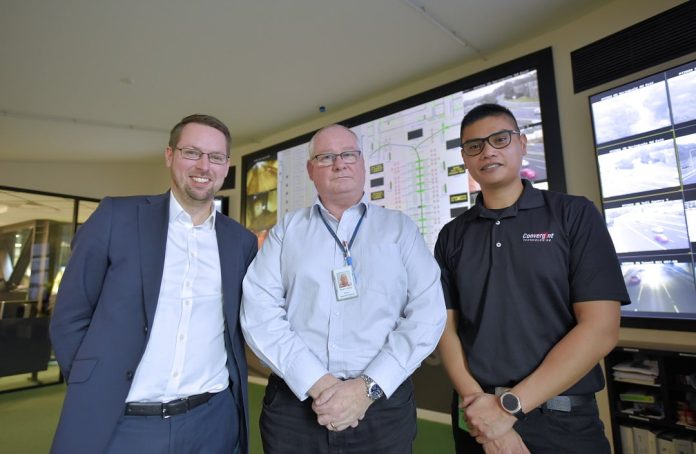








Hi, I love your blog! I can totally relate to your point as I work as a digital marketers for a BPO provider.
Thanks for your support.
Thanks for your support!